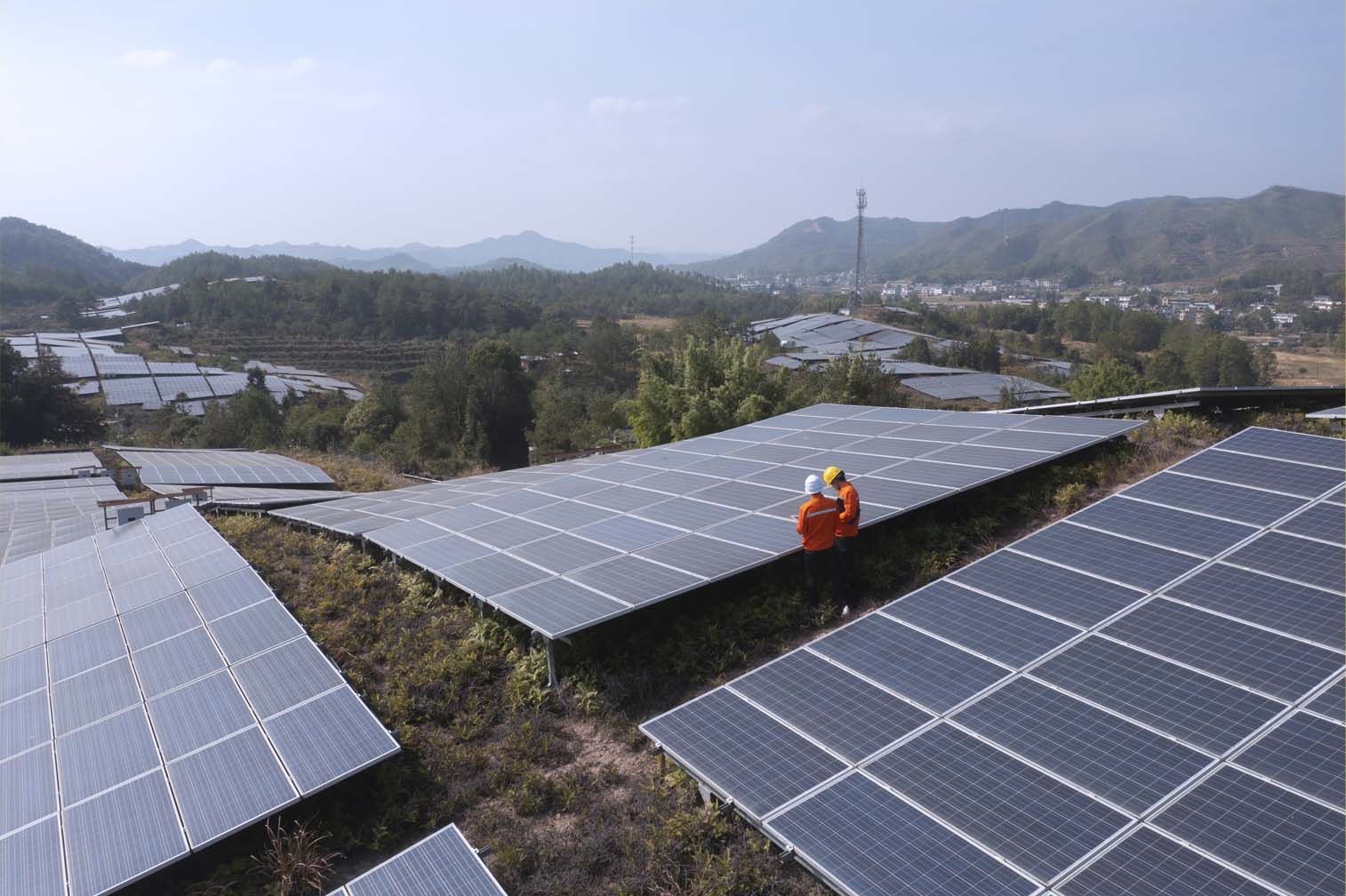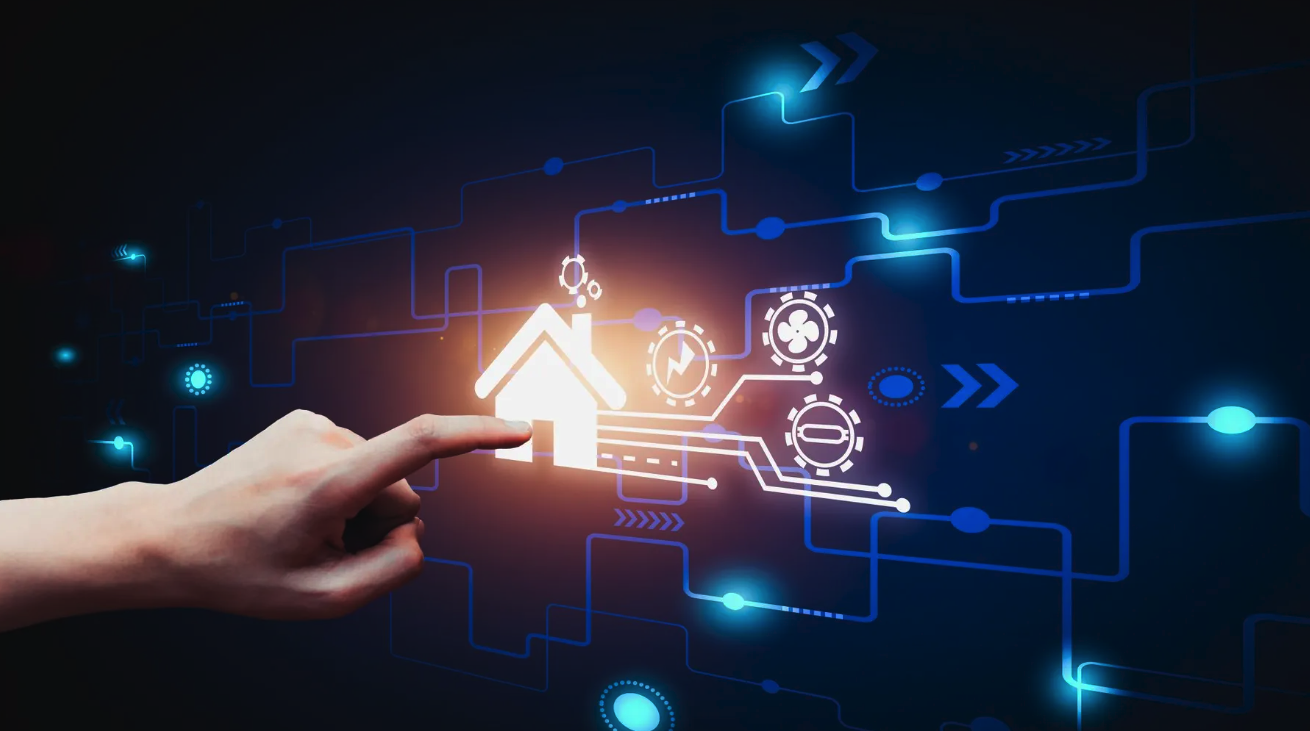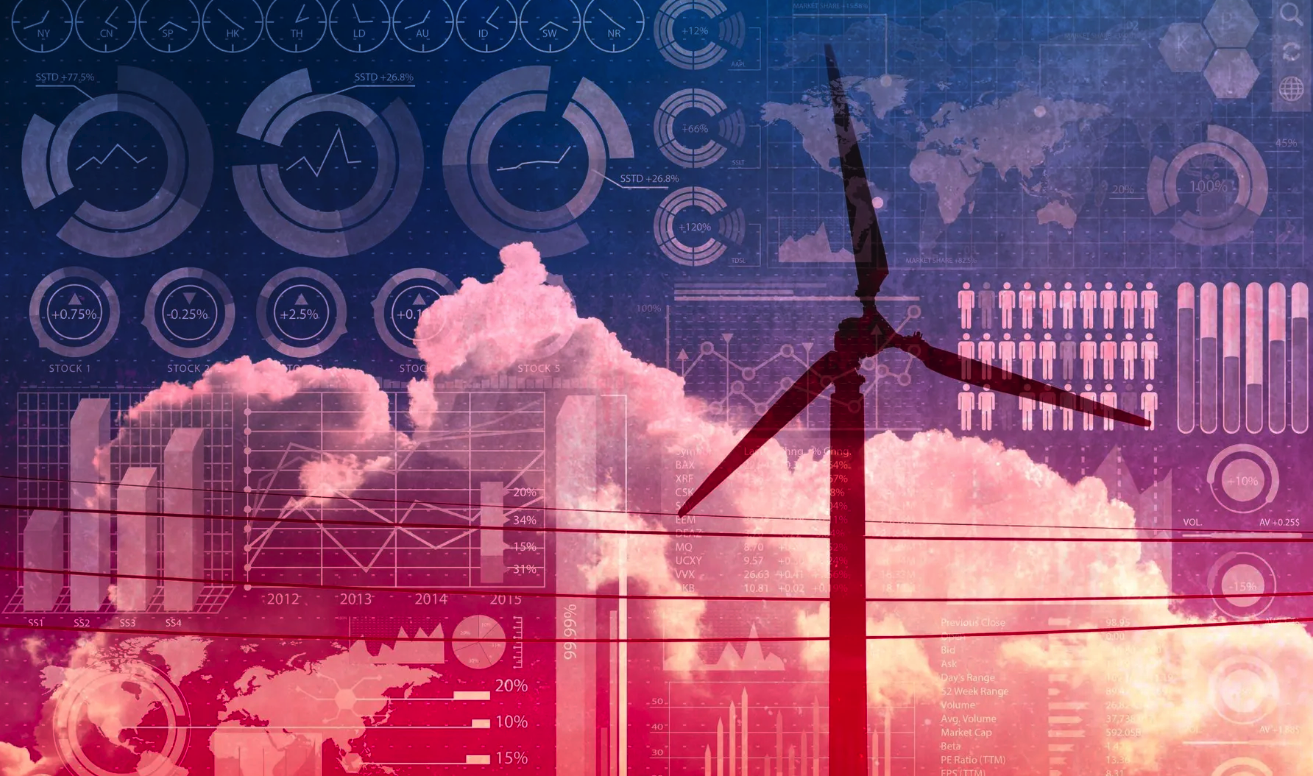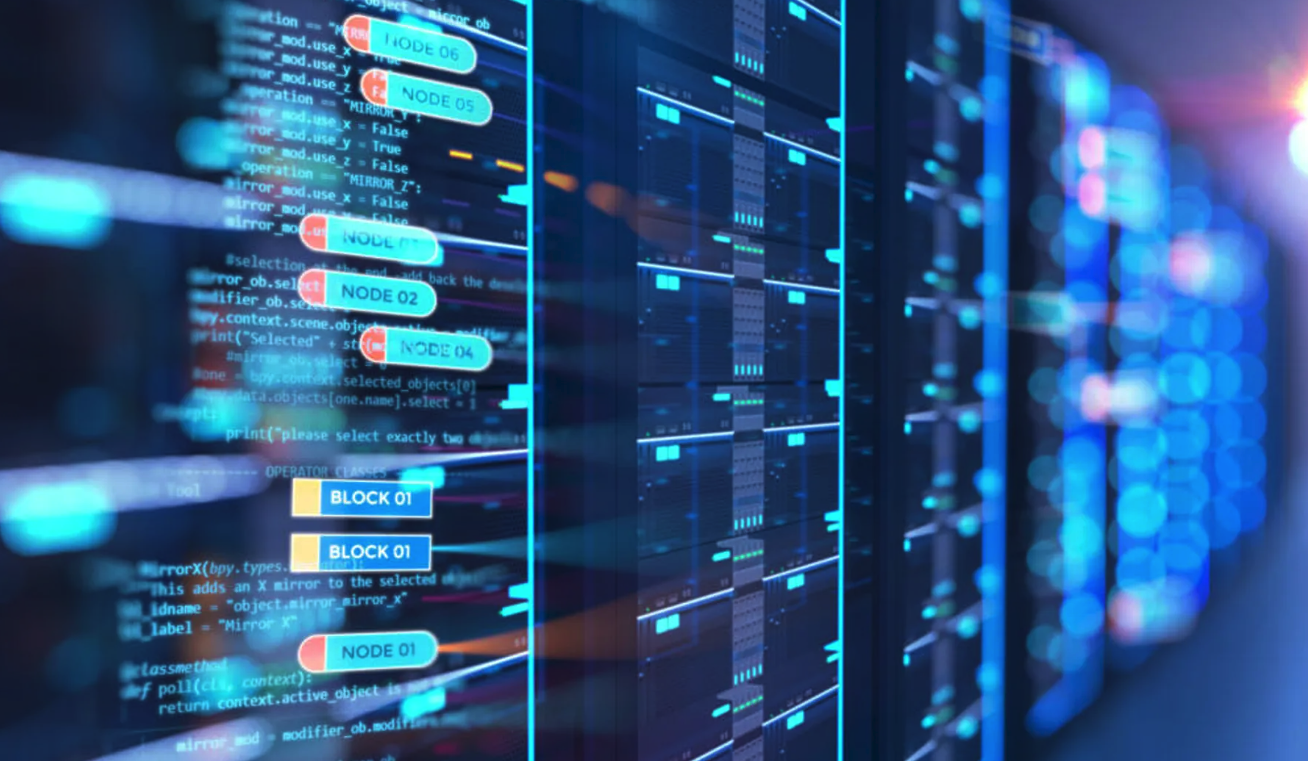Opposites attract, and information technology (IT) and operational technology (OT) are no exception. At one end of the digital grid sits IT as a business application, while OT exists at the other end of the digital grid as an asset-oriented application. For decades, IT and OT have been operating separately and are often physically isolated.
When these two independent systems are combined into a single system, they can work collaboratively and benefit utilities. Many reasons exist for why IT/OT modernization is such a focus for many utilities, including distributed energy resources, an aging utility workforce and evolving customer expectations.
Distributed Energy Resources (DERs)
Utilities are changing how they think about energy flow and power generation due to distributed energy resources (DERs).
What Are Distributed Energy Resources?
DERs have upended the utility industry during the past decade and require the modernization of IT and OT systems.
Previously, power generation was exclusively controlled and managed by the utility. But today, the control of power generation is shifting. Increasingly, utility customers are in control of the meter. Two-way energy flow allows customers to sell back power to the utility.
The grid was once a centralized, unidirectional infrastructure. It’s now become a highly distributed system with resources at the grid’s edge. These resources are less reliable, predictable and controllable and have grown increasingly cost-competitive. State regulators frequently promote these resources through renewable goals or mandates.
DERs include wind turbines, solar panels, energy storage and microgrids. These combined with residential energy resources put stress on the electric delivery network. A utility’s ability to guarantee resilient, reliable power can be uncertain when a DER is not properly controlled, tracked and monitored.

Partnering With DER Experts
Utilities should partner with experts who understand the industry and evolving technologies that solve the challenges DERs present to businesses. TRC Digital can offer solutions intended for controlling DERs, optimizing grid assets and reaching maximum reliability via solutions for storage, controls and prediction. We can offer utilities a multi-layered solution that delivers scalability, open protocols, speed and agility, real-time control and integration capabilities.
- Scalability: Our solution is highly scalable for virtual power plants (VPPs) and distributed energy resource management systems (DERMS). A single utility customer can control thousands of assets with the platform.
- Open protocols: When a utility uses open protocols, it can support a plug-and-play DER within an existing IT/OT infrastructure.
- Speed and agility: A utility can respond to real-time grid conditions with speed and agility, allowing for quick control of assets.
- Real-time control: You can access the most advanced DER optimization and real-time control solution available today.
- Integration capabilities: With integration capabilities, you can connect and implement Concerto to an IT/OT system and deploy adapters to connect to third-party devices or cloud systems directly.
Evolving Customer Expectations
Today, utility clients have more control than ever over their energy consumption and decisions. From rooftop solar to electric vehicles to smart thermostats, consumers are choosing how they want to use energy. Consumer expectations are evolving with the changes in energy usage. These changes are occurring due to consumers’ interactions with other companies in their day-to-day activities that provide a seamless customer experience, such as retail outlets and financial institutions.
Customers want a similarly seamless experience with energy service providers. These evolving expectations have increased demands on utilities in terms of both customer service and operations. As a result of these increasing demands and expectations, utilities are adjusting their services.
The convergence of IT and OT can ensure a utility better meets customer expectations by improving decision-making, reducing redundancy, increasing operational efficiency and improving customer outreach. IT/OT convergence can also standardize the communications and control of digital grid infrastructures.
Addressing the Aging Utility Workforce
The demographics of the energy industry’s workforce are shifting. Utility modernization is partly due to the aging of the electric utility workforce. As a significant percentage of the workforce becomes eligible for retirement, utilities struggle to attract and compete for traditional power and electrical engineers who can replace the aging workforce.
As the existing workforce retires, operations personnel with years of institutional knowledge about the electric grid leave the industry.
However, older employees often struggle to learn and adopt new technologies. On the other hand, younger employees may have been born in the age of the internet, but they lack the experience needed to make complex decisions.
Though utilities are modernizing and digitalizing, there will continue to be a need for traditional power engineers, field crews and systems operators. Fortunately, advancing technology could help the attrition situation, lower the need for certain skill sets, increase efficiencies and introduce new roles for today’s capabilities.
With IT and OT no longer separated, the departments can share their areas of expertise for managing converged technology.

Gap in Cybersecurity
Though IT has been dealing with cybersecurity for years, OT has been more insulated. Since the connectivity model is rapidly changing, new cybersecurity threats and risks have arisen in the utility industry. With the changes due to the Internet of Things (IoT) and IP-enabled networks connecting OT and IT, a convergence of the systems is essential.
Cybercrime is expected to increase worldwide each year. With the growing availability of OT devices, utilities are taking cyber risk seriously, with many companies forming formal cybersecurity programs that cover both OT and IT. Even with improvements in cybersecurity implementation, utilities continue to work to close the OT gap.
Since IT/OT convergence can enable improved management, auditing and visibility, it can also improve compliance with regulatory standards. Learn more about the reasons for IT/OT modernization by contacting TRC.
Part 2: Managing the Future of Electric Utilities
The future of electric utilities depends on how companies harness IT/OT convergence to ensure operational success. Along with the technologies, utilities should ensure that processes and departments are as integrated as possible.






